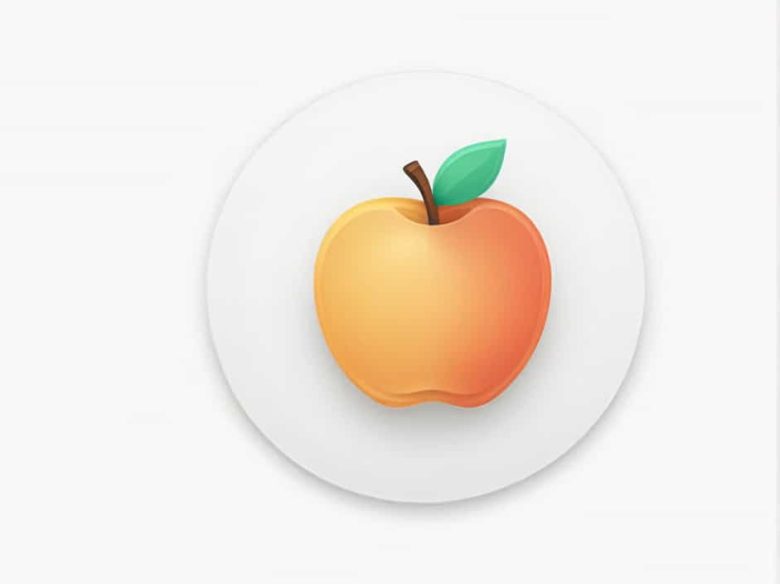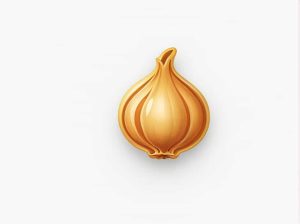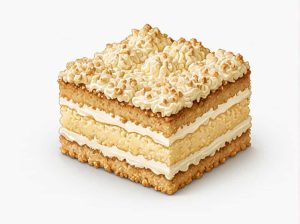Apple pie is a classic dessert loved for its warm spiced filling and buttery crust. But one of the biggest debates in baking is whether you should precook apples before making your pie. Some bakers swear by it while others prefer the traditional method of baking raw apples inside the crust.
So should you precook apples for apple pie? In this guide we’ll explore the pros and cons of each method and help you decide the best approach for your perfect apple pie.
Why the Apple Preparation Method Matters
The way you prepare apples affects the texture moisture and overall taste of your pie. Precooking can prevent a soggy crust but baking raw apples keeps a firmer bite. To make the best decision let’s break down each method in detail.
Precooking Apples for Apple Pie – The Benefits
Many professional bakers recommend precooking the apples before baking. Here’s why:
1. Prevents a Gap Between the Crust and Filling
One of the most common pie issues is the air gap that forms between the top crust and the shrunken filling. Apples release moisture and shrink while baking which can cause the top crust to look puffy and hollow. Precooking reduces shrinkage so your pie looks full and well-packed.
2. Ensures Evenly Cooked Apples
Different apple varieties cook at different rates. Some turn mushy while others stay firm. By precooking you control the texture and avoid unpleasant crunchy or overly soft bites.
3. Prevents a Soggy Bottom Crust
Apples release a lot of juice while baking which can soak into the bottom crust and make it soggy. Precooking allows you to reduce excess liquid before it goes into the pie shell resulting in a crisp golden crust.
4. Enhances Flavor
Cooking the apples with sugar and spices allows the flavors to develop and blend. Instead of waiting for the flavors to intensify while baking precooking ensures a rich caramelized taste from the start.
How to Precook Apples for Apple Pie
If you decide to precook your apples follow these simple steps for the best results:
Step 1: Peel Core and Slice the Apples
Choose firm apples like Granny Smith Honeycrisp or Braeburn. Peel and slice them evenly to ensure consistent cooking.
Step 2: Cook the Apples with Sugar and Spices
In a large skillet combine:
- 5-6 cups of sliced apples
- ½ cup sugar (adjust based on apple sweetness)
- 1 teaspoon cinnamon
- ¼ teaspoon nutmeg
- A pinch of salt
- 1 tablespoon lemon juice
- 1-2 tablespoons butter
Cook over medium heat for 5-10 minutes stirring occasionally. The apples should soften slightly but remain firm.
Step 3: Let the Apples Cool Completely
Once the apples reach the desired texture remove them from heat and let them cool completely before filling your pie crust. This prevents the butter in the crust from melting too soon.
Using Raw Apples for Apple Pie – The Benefits
If you prefer the traditional method baking raw apples inside the pie crust also has advantages.
1. Saves Time
Skipping the precooking step reduces prep time making the process quicker and easier.
2. Retains a Firmer Texture
Raw apples keep their shape better while baking giving the filling a slightly chunkier more natural texture.
3. Simpler Process
There’s no need for extra pots or pans—just mix the apples with sugar and spices place them in the crust and bake.
How to Use Raw Apples Without Issues
If you decide to use raw apples follow these tips to avoid common problems:
1. Slice Apples Thinly and Evenly
Thicker slices take longer to cook while thin slices bake evenly and soften faster. Aim for slices about ¼-inch thick.
2. Mix with Sugar and Let Sit
After slicing toss the apples with sugar cinnamon and lemon juice. Let them sit for 15-20 minutes to release some moisture before baking. Drain excess liquid before adding to the crust.
3. Bake at the Right Temperature
A higher temperature of 375-400°F (190-200°C) helps soften the apples and prevents a soggy crust.
Precooked vs. Raw Apples – Which is Better?
Both methods have their advantages so the best choice depends on your preference and baking goals.
| Factor | Precooked Apples | Raw Apples |
|---|---|---|
| Texture | Soft but not mushy | Firmer slightly crisp |
| Flavor | More caramelized deep flavor | Natural apple taste |
| Pie Appearance | Even full filling with no air gap | May shrink leaving a crust gap |
| Crust Quality | Crisp less soggy | May absorb moisture |
| Ease of Preparation | Extra step takes longer | Quick and simple |
If you prefer a fuller evenly cooked filling with deep flavor precooking is the way to go. If you like a firmer texture and simpler process raw apples will work fine with proper slicing and baking techniques.
Best Apples for Apple Pie
Whether you precook or use raw apples choosing the right variety is crucial.
✔ Best Firm Apples: Granny Smith Honeycrisp Braeburn Pink Lady
✔ Best for Soft Texture: McIntosh Cortland Jonagold
✔ Best for Balanced Flavor: Fuji Golden Delicious Jazz
A mix of firm and soft apples gives the best texture and taste.
Expert Tips for the Perfect Apple Pie
✔ Use a mix of apples – Combining tart and sweet apples enhances flavor.
✔ Don’t skip the lemon juice – It prevents browning and balances sweetness.
✔ Vent the crust – Cutting slits allows steam to escape and prevents a soupy filling.
✔ Chill the pie before baking – A cold crust bakes flakier and holds its shape.
✔ Brush with egg wash – This gives the top a golden shiny finish.
So should you precook apples for apple pie? It depends on your texture and flavor preference.
- Precooking is best for a full evenly cooked flavorful filling.
- Raw apples work well for a firmer chunkier bite with less prep time.
Both methods can produce a delicious homemade apple pie if done correctly. Try both approaches and see which one you love the most!



